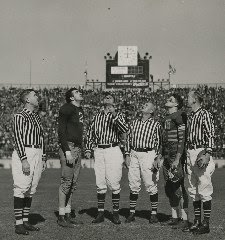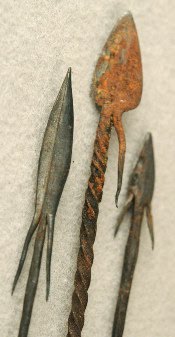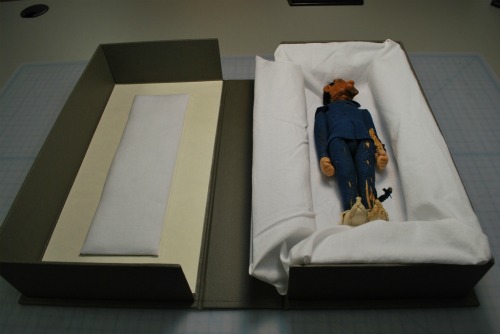Visit Duke University’s West Campus any weekday at 5:00 PM and you’ll hear the 50 bells of the Duke University Chapel’s impressive carillon.
But there’s a 51st bell on West Campus. Hung in the Kilgo Quadrangle belfry sometime in October or early November of 1950, Charley came to Duke (according to legend) from Cherley Myncherry in Oxfordshire, where it had been part of this Benedictine priory’s set of bells. The bell was a gift of Furman G. McLarty (Trinity College Class of 1927 and Duke professor of philosophy from 1933 until his death in 1952), who had purchased it in 1929 while a Rhodes Scholar at Oxford University.
Perhaps overshadowed by its Duke Chapel brethren, our Charley does have one particular point of pride: with Cherley Myncherry dating from the 12th century, the bell may very well be one of the oldest in the New World. We were lucky to record a peal from this historical treasure.
[youtube=http://www.youtube.com/watch?v=gysxgMaBuSU?hl=en]
Additional Resources:
- Duke Magazine “Retrospective” on Charley by former Associate University Archivist Tom Harkins.












